
Lifestyle
08:57, 23-Sep-2018
Have a bite of braised lotus root sandwiches to savor autumn days
Updated
08:32, 26-Sep-2018
By Hong Yaobin
01:32
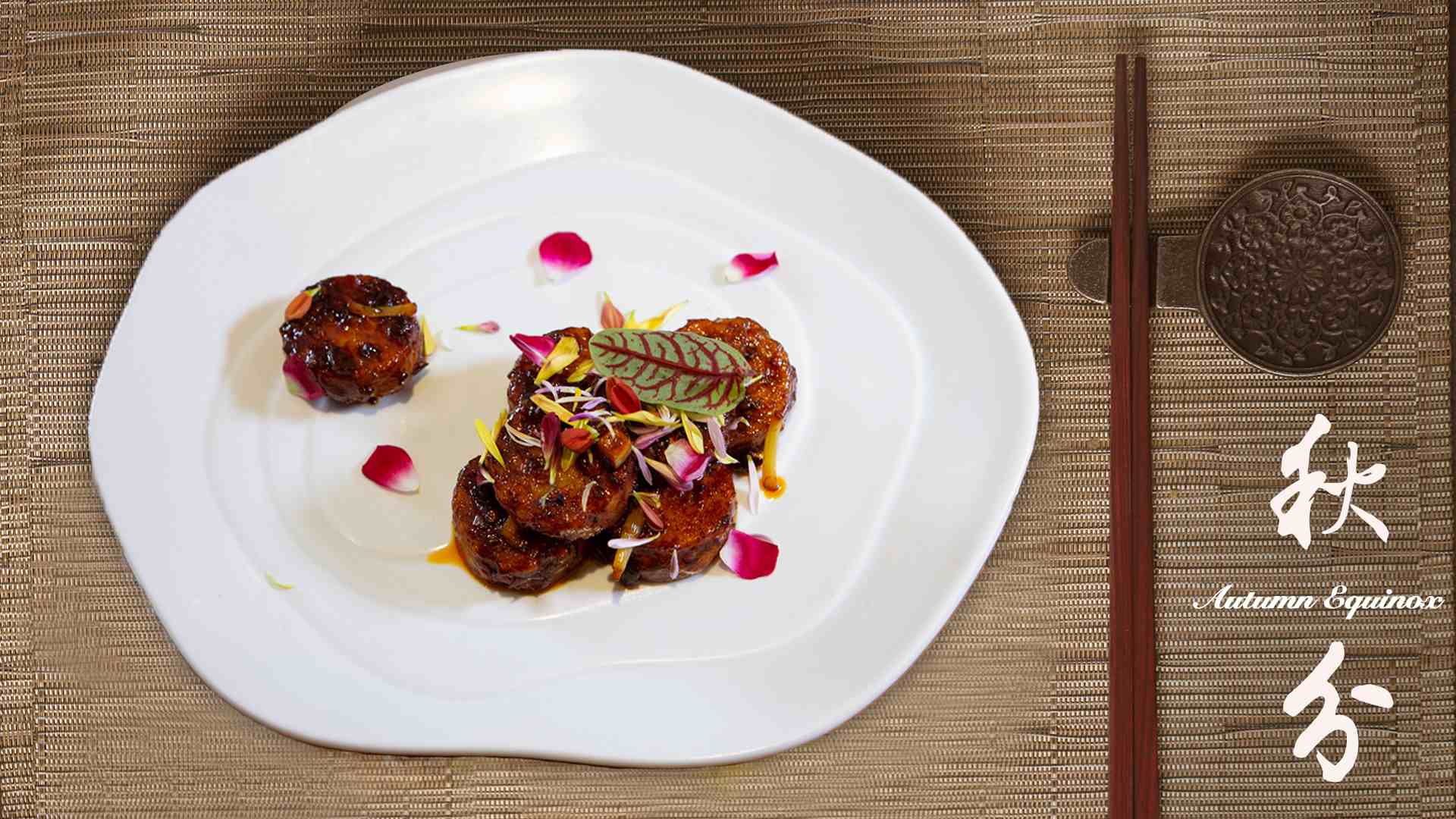
As the air gets cooler, plants in the Northern Hemisphere are slowly starting to change their appearance, transitioning into shades of red, yellow, and orange. Nature is readying itself for a grand and gorgeous autumn display.
The Autumn Equinox, or Qiu Fen in Chinese, which marks the harvest season anticipated by farmers and mooncake lovers across China and Chinese communities worldwide, falls on September 23 this year, following the White Dew.
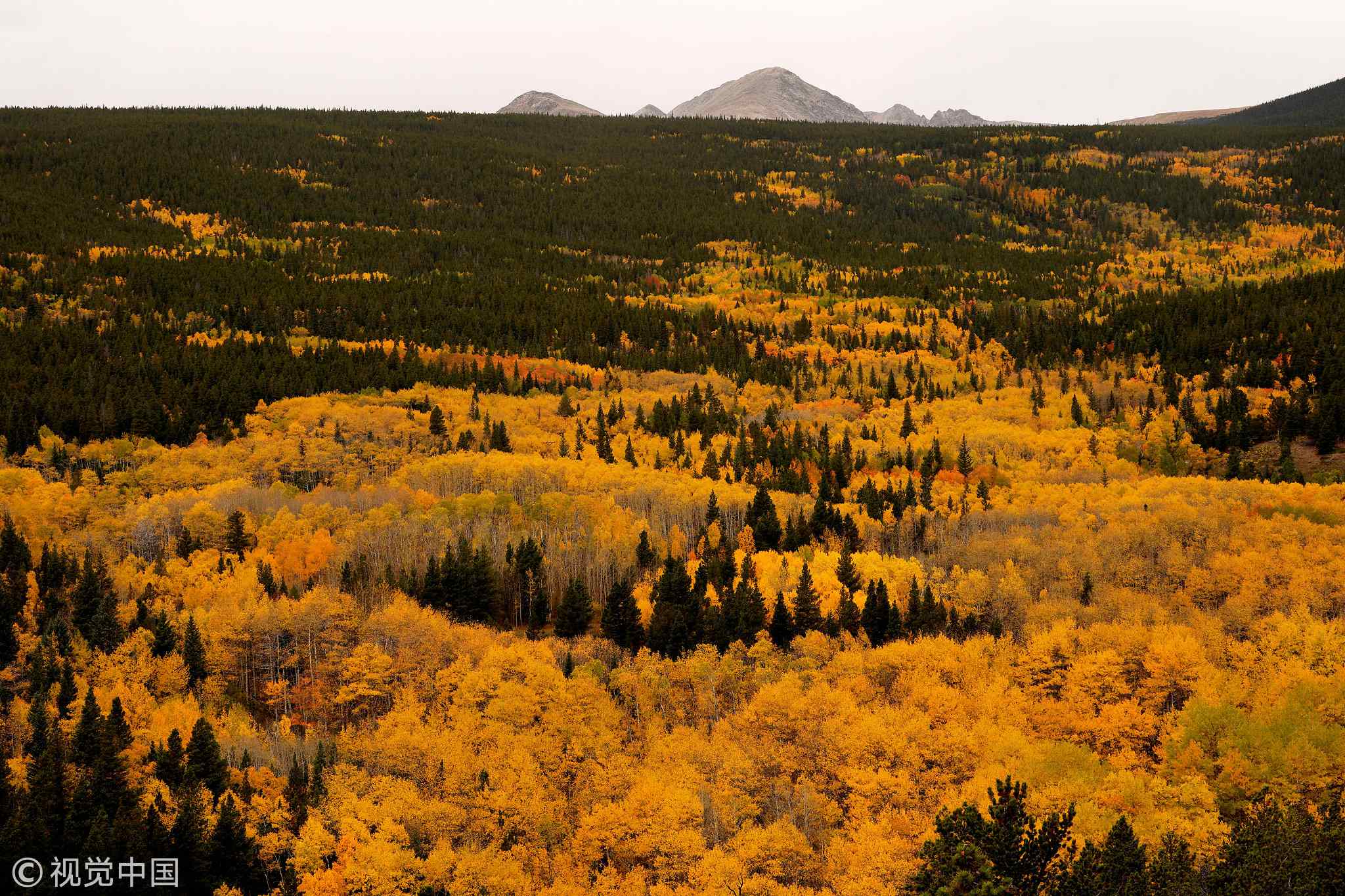
Aspen trees are seen during the Autumn Equinox in the Northern Hemisphere near Nederland, Colorado, US, September 22, 2017. /VCG Photo
Aspen trees are seen during the Autumn Equinox in the Northern Hemisphere near Nederland, Colorado, US, September 22, 2017. /VCG Photo
It is the Autumn Equinox, the 16th solar term in the year, that lies at the exact midpoint of autumn, and not the widely celebrated Mid-Autumn Festival, which will kick off a day later this year, starting on Monday.
The ancient Chinese medical classic, "Huangdi Neijing," or the "Inner Canon of the Yellow Emperor," advises people to eat seasonal foods during the changes of weather and nature to preserve energy and maintain health.
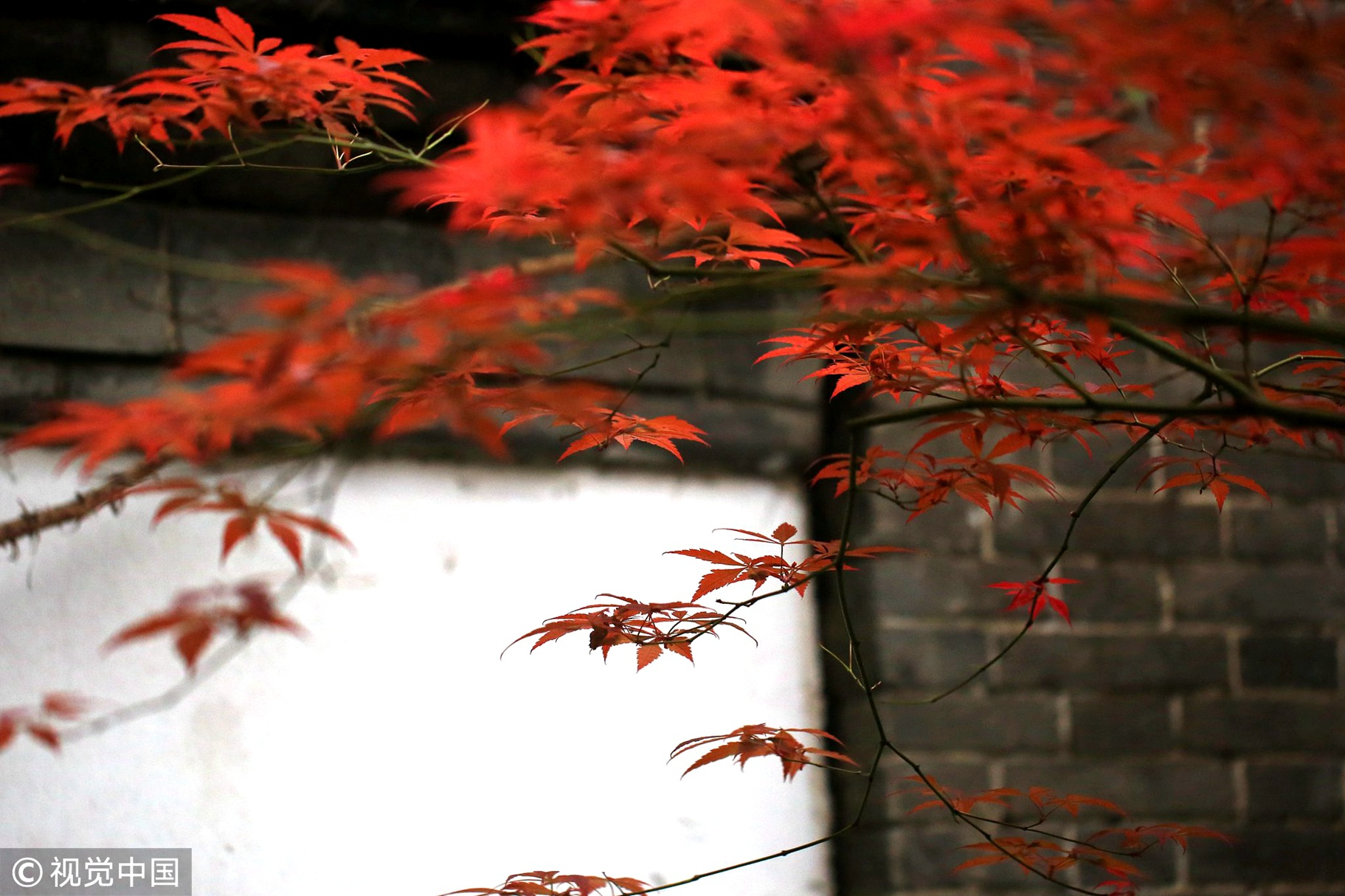
Marble leaves gradually transition into shades of red in Huai'an City, east China's Jiangsu Province, September 18, 2018. /VCG Photo
Marble leaves gradually transition into shades of red in Huai'an City, east China's Jiangsu Province, September 18, 2018. /VCG Photo
In many regions of China, people tend to eat more autumn plants during the Autumn Equinox, though the specific vegetables may differ from place to place.
According to the "Luxuriant Dew of the Spring and Autumn Annals" from the Han Dynasty (206 BC - 220 AD), Yin and Yang energies are in a great balance on the Autumn Equinox, so the day and night are (almost) evenly long, and cold and heat are of equal intensity.
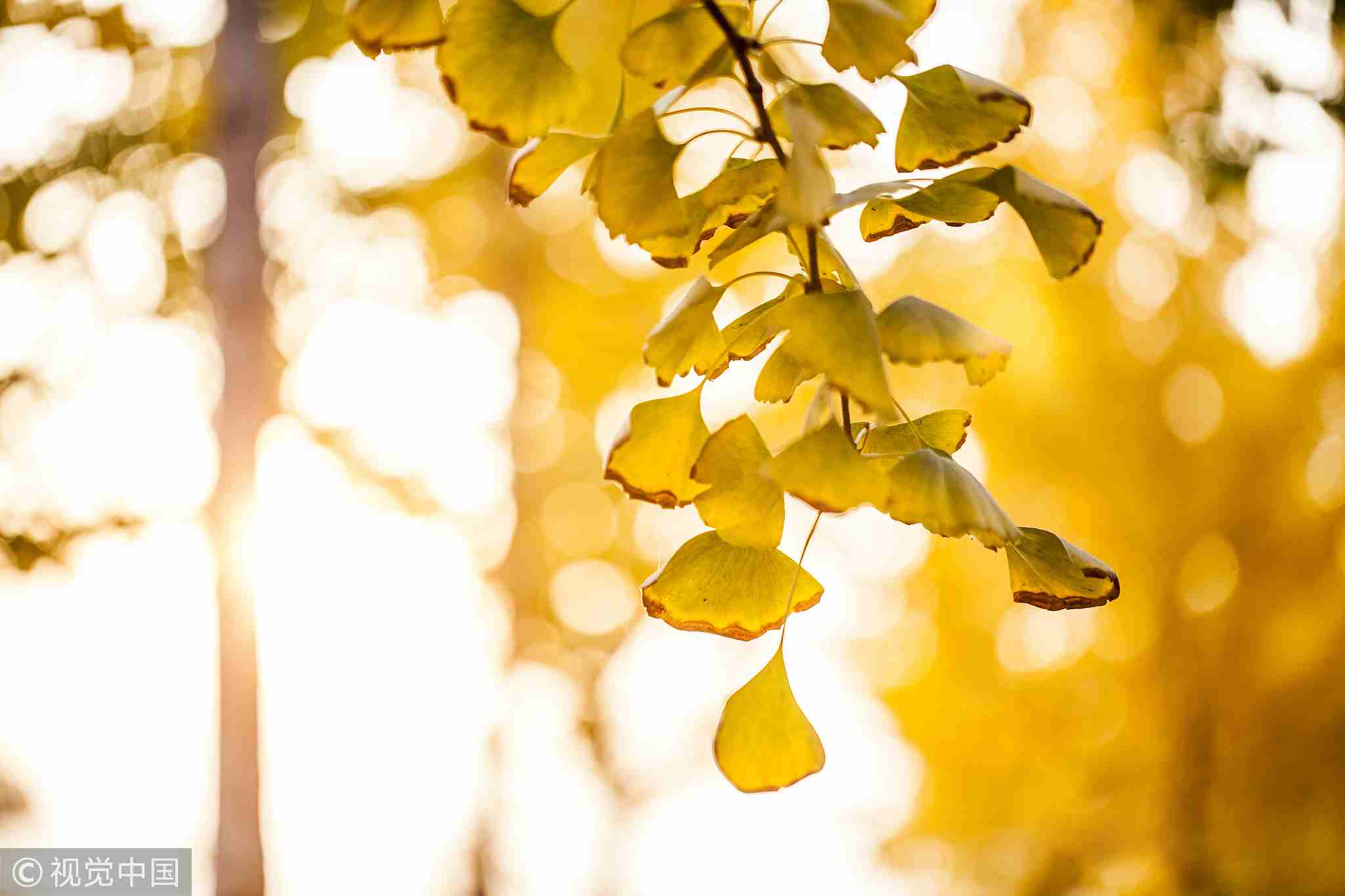
Yellow leaves captured in Binzhou City, east China's Shandong Province /VCG Photo
Yellow leaves captured in Binzhou City, east China's Shandong Province /VCG Photo
Temperatures gradually drop and plants start to wither away in the Northern Hemisphere due to shorter daylight hours and colder nights as the sun moves southwards.
It's a time for mild foods, such as red dates, sesame, nuts, tofu, and honey, among others.
With less rainfall and drier air, it is greatly recommended to prepare some edibles with warm and moist nature – and nothing ticks the box better than lotus roots.
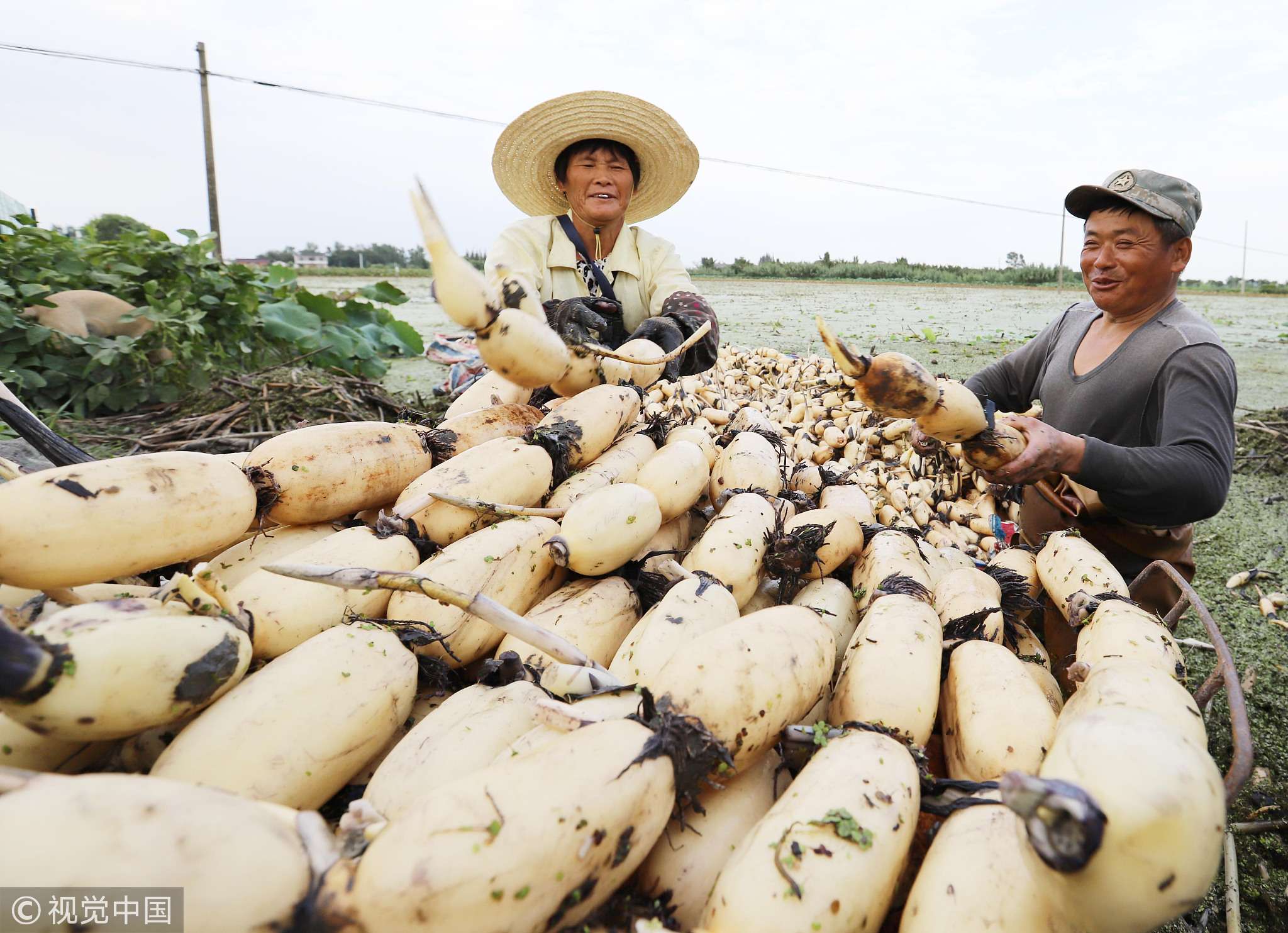
Farmers load a car with lotus roots they dug out from a lake in Hai'an City, east China's Jiangsu Province, September 12, 2018. /VCG Photo
Farmers load a car with lotus roots they dug out from a lake in Hai'an City, east China's Jiangsu Province, September 12, 2018. /VCG Photo
The lakes near the Yangtze River in southern China shrink during the Autumn Equinox, giving people the perfect chance to see what lies at the bottom. Lotus roots are abundant in the shallow waters of China.
The roots must be dug out by hand and require great manual labor to harvest.
Braised lotus root sandwiches are one way to embrace the seasonal changes as mornings get crisp, and evenings turn cool.
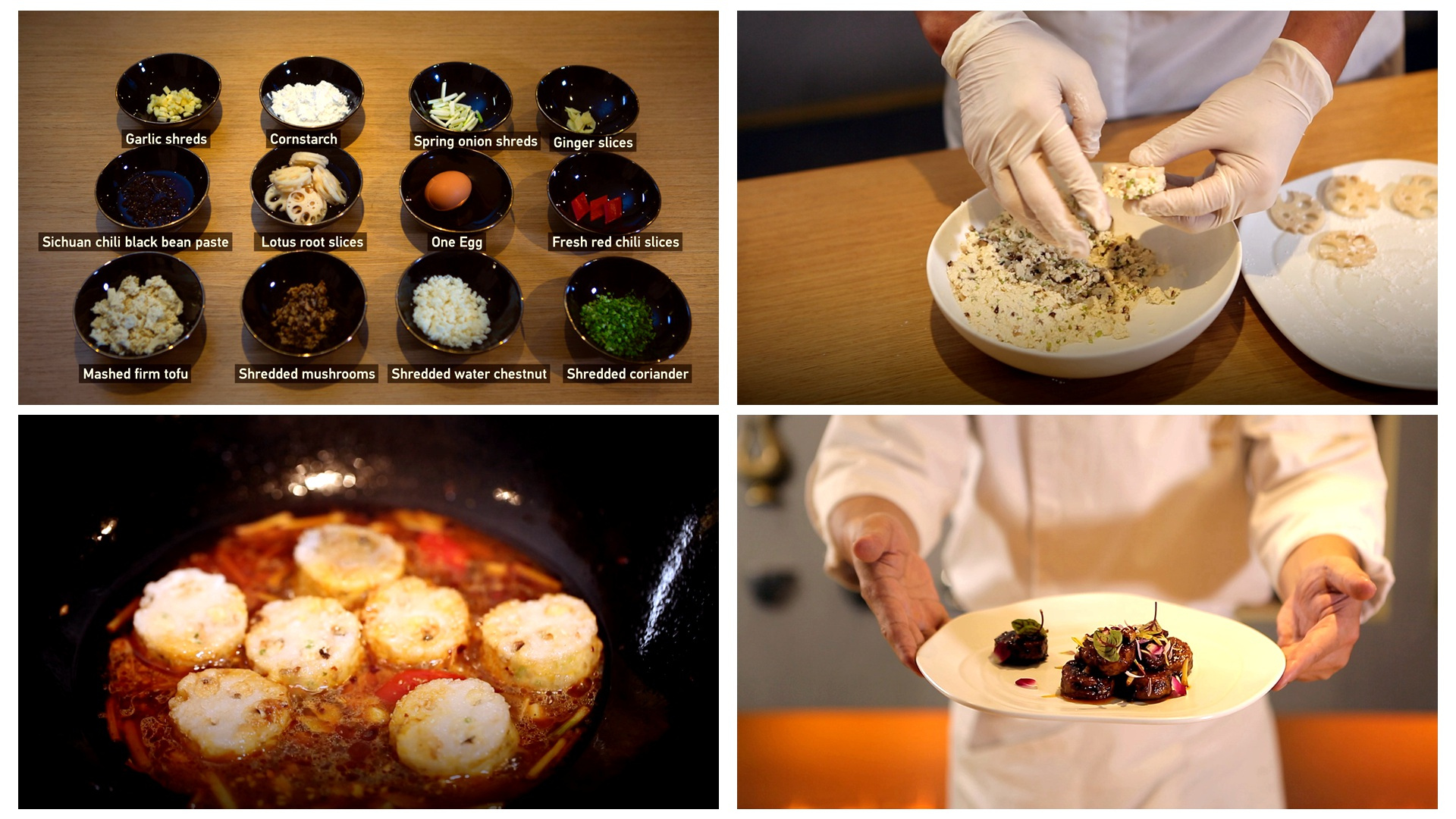
Photos show the ingredients and cooking procedures of braised lotus root sandwiches. /CGTN Photo
Photos show the ingredients and cooking procedures of braised lotus root sandwiches. /CGTN Photo
Unleash your culinary creativity when it comes to the filling, but tofu, mushrooms, and water chestnut – all fairly mild and moist – are a must-try.
Clean the lotus roots, then remove the skin and cut them into thin round slices. Put a dollop of filling between two slices of lotus roots, then remove any excess from around the edges. Coat them in cornstarch and deep fry them until they turn golden brown. Saute them with a mixture of spices, and leave them in the pot to simmer and until the mixture thickens.
Watch the video at the beginning of this article for step-by-step instructions on how to make these bite-sized sandwiches that pack quite a punch!
(Video by Xu Haoming. Cover image by Du Chenxin)

SITEMAP
Copyright © 2018 CGTN. Beijing ICP prepared NO.16065310-3
Copyright © 2018 CGTN. Beijing ICP prepared NO.16065310-3